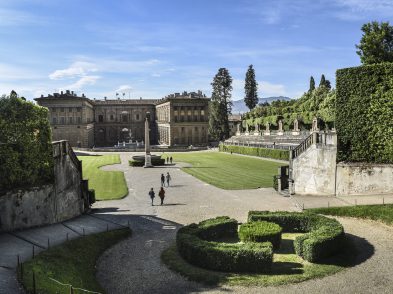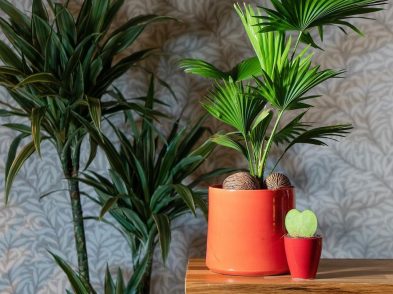Statues—those figures we use to memorialise and commemorate, to lament tragedies and celebrate victories. We use them, as British historian David Olusoga points out, “to lionise the exploits of men—and they almost always are men—whom we’ve decided are heroes”.
It was what the Murate Art District (MAD) described as “fragmented or decontextualised statues and sculptures […] symbolically reconstructed”, which piqued my interest in attending the opening of their new exhibition Third Space, featuring works by artist Aryan Ozmaei and curated by Veronica Caciolli. In the wake of the Black Lives Matter movement, which prompted necessary and extremely overdue discussions surrounding race and identity, interrogating the meaning and association tethered to statues has become more important than ever. We have started to question their purpose. In 2020, my home city of Bristol saw the toppling of an 18-foot bronze statue of slave trader Edward Colston. When I was sitting university final exams in 2021, it was confirmed that a statue of British “imperialist” Cecil Rhodes was not to be taken down from Oriel College, Oxford. These two (of many) events proved divisive and merely exemplify the symbolic role played by statues throughout global history.
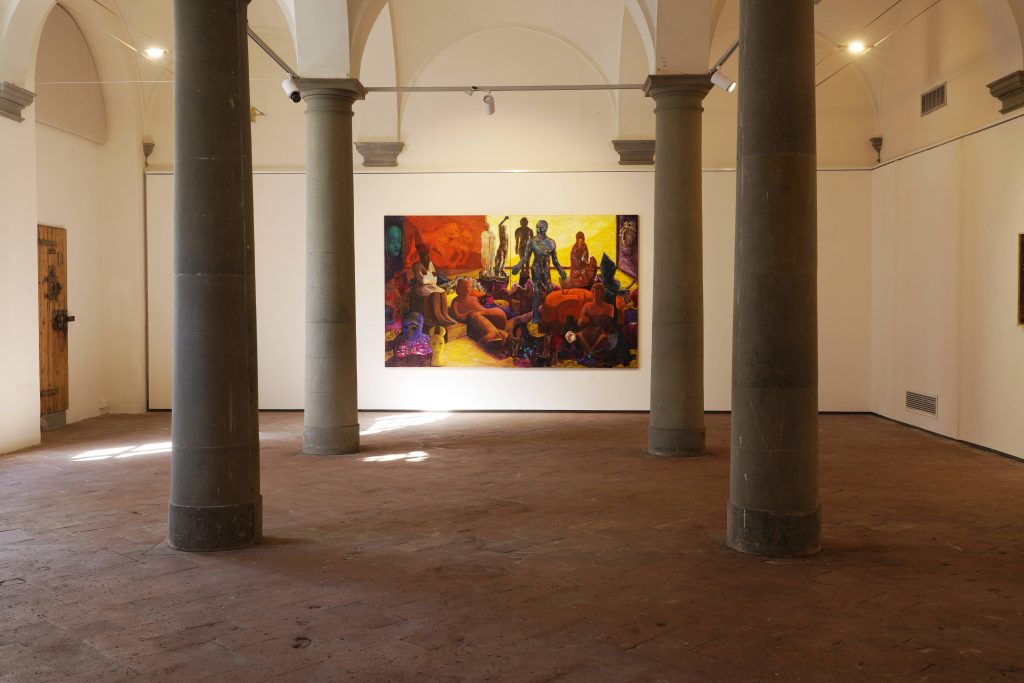
In Florence, whilst the statues are more feats of Renaissance art than memorials for problematic individuals of the past, the question still stands as to their influence on social, political and cultural contexts. In Third Space, Ozmaei’s breathtaking pastel paintings tackle all three of these ideas, and the way in which they work with or against one another. Perhaps it is MAD’s collaboration with the Museum of Anthropology and Ethnology in Florence, the first museum of its kind, which has carved space for a fascinating commentary on the interdisciplinary relationships between art and anthropology. Tehran-born and now living in Florence, also in conversation in Ozmaei’s work is “a dialogue between different cultures […] MAD’s hallmark”, summarised by deputy mayor and councillor for culture Alessia Bettini: “it confirms the attitude of these [museum] spaces to investigate through art issues and phenomena that characterize today’s society, always with an innovative and attentive gaze.”
Innovation and attention perfectly describe the approach taken to Three Spaces. It feels as though this is a thorough and proper collaboration between artist and curative team, as all solo exhibitions should be. MAD tells us that Ozmaei proposed an aesthetics of mixing and arranging artifacts of various nature on a table, ranging from stuffed animals, masks, statues, images and publications, items all borrowed from The British Museum, The Metropolitan Museum of Art, the American Museum of Natural History in New York and the National Museum of Iran. The subject of each piece therefore inherently crosses borders and Ozmaei overturns the traditional display writing of ethnographic museums, which are typically organised by geo-cultural categories.
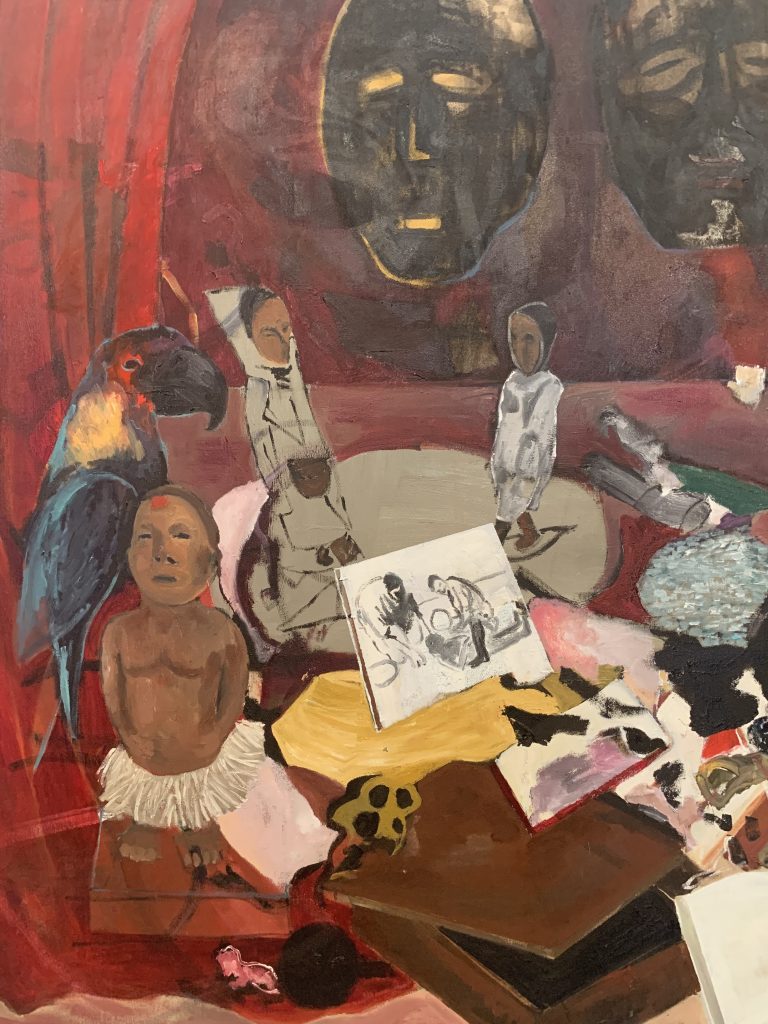
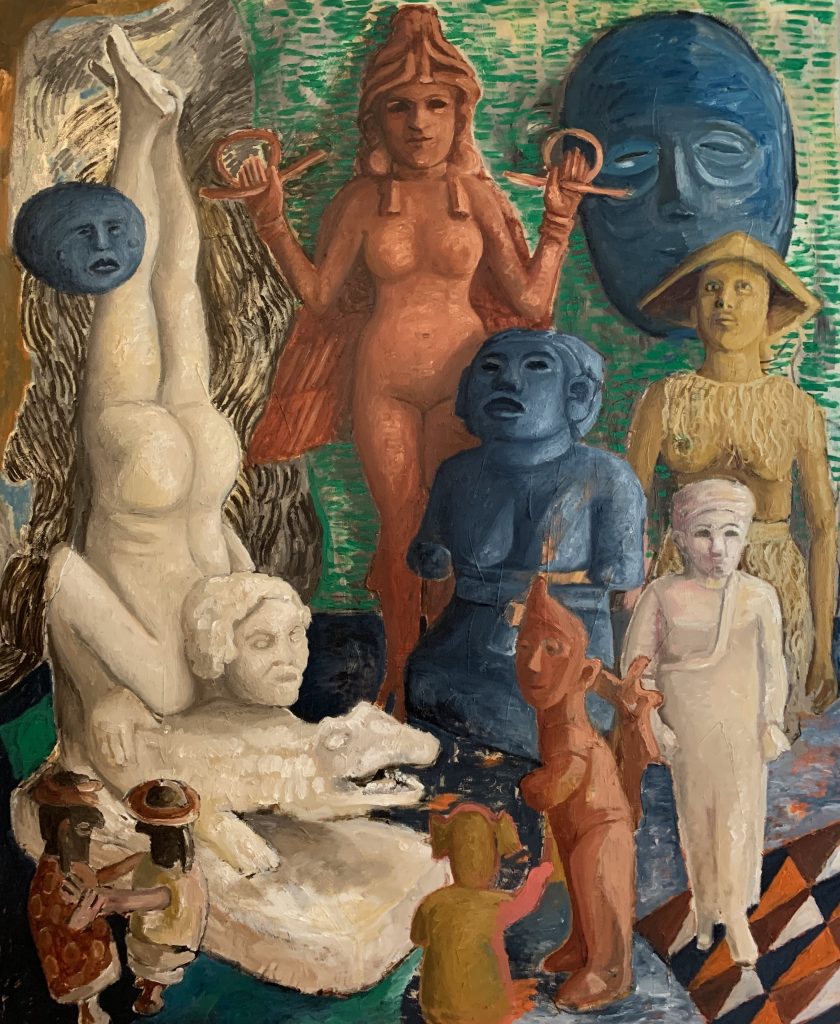
With the collection and collocation of various historic artefacts, Ozmaei’s paintings remind me of chilling 17th-century vanitas paintings, which include an array of symbolic objects to remind the viewer of their mortality and the worthlessness of worldly goods and material pleasures. (Antonio de Pereda offers an example at the Uffizi.) Rather than looking towards death, Ozmaei’s works offer what Bettini describes as “happy hybridizations”: bold and original ruminations on life, a celebration of identities that, she hopes, will exist peacefully with one another. President of The Athenaeum Museum System, Marco Benvenuti, says that the exhibition’s message “becomes a key element for a narrative in which everything merges and binds, to represent no longer the other but only an us in light of the current physical, cultural and social relationships.”
Ozmaei’s experience not only feels tangibly present in her painting; it was excitingly rare to be given a tour around the exhibit by the artist herself. Her description of the work involves “a de-colonial reinterpretation that current pervades museum narratives and displays around the world, synthesising the concept of hybridization between cultures and identities that characterise the most recent studies of anthropology.” It is this unique combination of cultural and social ideas with artefact that I found so fascinating, in comparison with approaches of other exhibitions across Florence. With titles of each work not visible and, of course, the arrangement of Ozmaei’s work across the museum—MAD’s history as a prison and convent has remained unchanged from the second half of the nineteenth century—we are able to reflect on the relationship between work and material context. It provides an opportunity which might not occur otherwise.
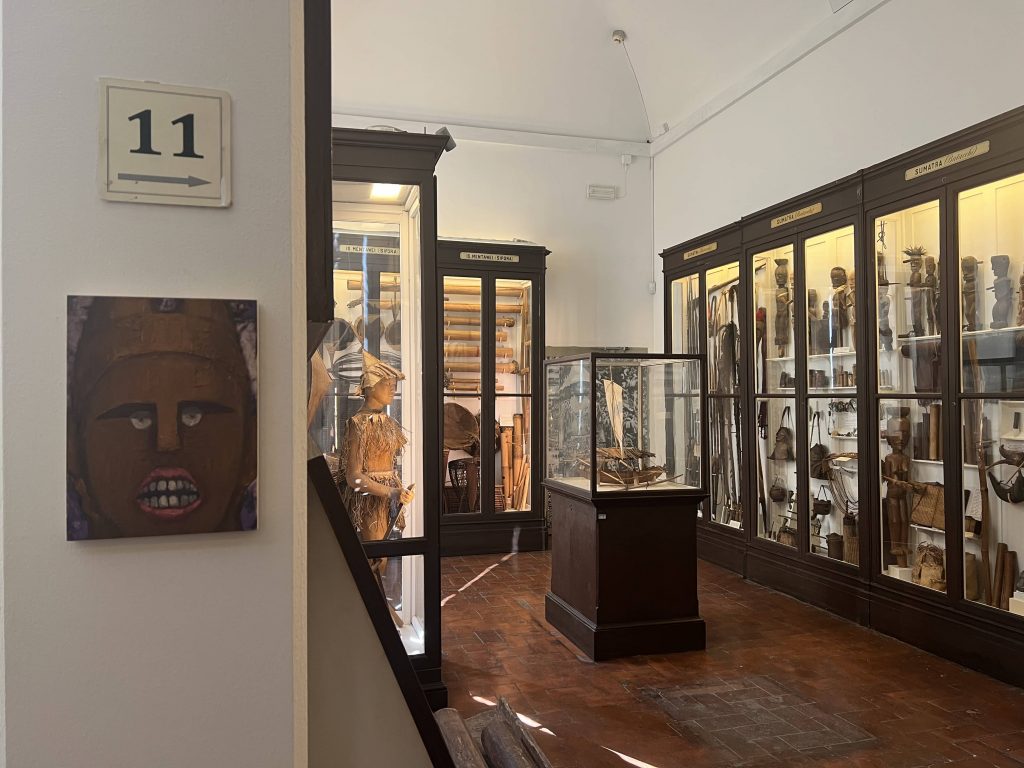
MAD has successfully brought the world, with all its problems and preconceptions, inside the art gallery. In doing so, they are rightly suggesting that the two are inextricably linked. For a smaller-scale exhibition that has not been as heavily publicised as other recent openings, the arresting works on display at MAD deserve far more attention. Ozmaei’s painting assimilates perfectly into an art scene dominated by archaic stories and figures which have so far been immune to social and political renewal. I might suggest that Ozmaei is similar to David Olusoga, who is “opposed to the removal of statues, but passionately in favour of what heritage practitioners call contextualisation”. “Let’s not pull statues down but brand them,” he says. Perhaps what Ozmaei has achieved through her artwork then is not a decontextualization as such, but a recontextualization of statues and figures, re-inspecting art and its history with a necessarily critical gaze. I can by no means demonstrate nor fully grasp the resonance of Ozmaei’s works in a way which is comparable to the artist herself and her global community. But for me, her work proved as empowering as it is exquisite to look at.
Aryan Ozmaei‘s Third Space will run at MAD Murate Art District (piazza delle Murate / Tuesday-Saturday 2.30 to 7.30pm) and Museo di Storia Naturale, Antropologia e Etnologia (via del Proconsolo 12 / Tuesday-Sunday 9am to 5pm) until April 9, 2023.


